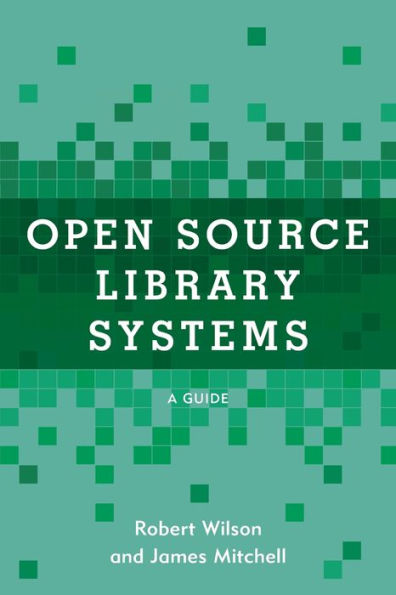5
1

Open Source Library Systems: A Guide
174
Open Source Library Systems: A Guide
174
36.0
In Stock

Product Details
| ISBN-13: | 9781538141397 |
|---|---|
| Publisher: | Rowman & Littlefield Publishers, Inc. |
| Publication date: | 09/11/2021 |
| Series: | LITA Guides |
| Pages: | 174 |
| Product dimensions: | 6.09(w) x 8.57(h) x 0.51(d) |
About the Author
From the B&N Reads Blog
